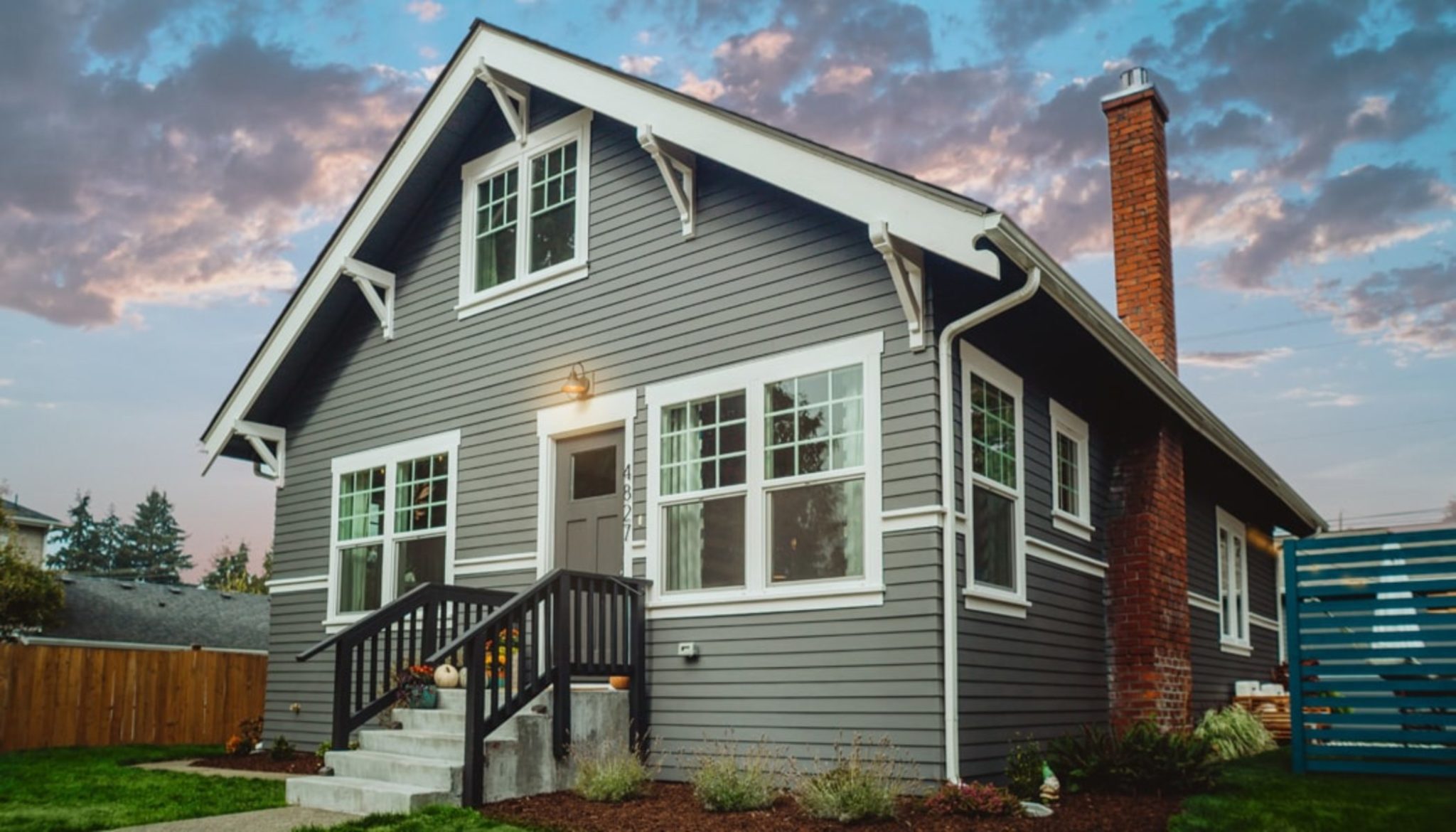Homeowners who decide to install siding on their homes do so with the intention of beautifying the exterior and increasing the resale value of the property. But while siding durham nc can be a smart addition to any home, you may run into problems down the road.
That’s certainly to be expected, especially in regions where the home is subject to higher than normal rates of precipitation, higher winds, and the destructive impact of the hot sun and it’s intense UV rays. However, while your siding may start to show signs of typical wear and tear, some problems are easier to fix than others.
The most common siding issues are simple enough to recognize and diagnose. It’s getting the repairs done that could prove slightly more of a challenge in some instances. Not to worry, we’re going to walk you through all of the potential issues that you may face with siding and the various materials that you can get installed. Residential siding is going to break down at some point, that’s just a fact, but the material you’ve chosen will play a role as well as the environmental impacts that are inherent to the region in which your home is located.
Here are the most common siding problems that you might face and how to diagnose and fix them:
Faded Siding

Probably the most common issue facing homeowners who live in sunny, warm climates. The sun can be vicious on most materials and you can easily diagnose this problem by comparing the sides of the home that see elevated levels of direct sunlight against those areas that do not see this much UV radiation.
Unfortunately, you can’t just rotate your siding panels nor the entire house to even out this fading. That means you might discover an uneven appearance with respect to color and brilliance over time. Sun-bleached siding on one side of the house can have a detrimental effect on the overall aesthetic of your property.
More than impacting the cosmetic appearance of the house, uneven siding will decrease your home’s curb appeal and turn off potential buyers should you decide you wish to sell the property at some point in time. Very few buyers are going to pay top dollar for a home that has such substantial exterior damage. A home with uneven fading can result in your losing nearly 10% of the value in your home.
In order to fix the problem, you can try a number of potential options depending on the extent of the damage. There are multiple different restorative solutions on the market that you can use to try and restore your old, faded siding to its original color and luster.
Warped Siding

This too is a typical problem that most homeowners will face with their siding at some point in time. Diagnosing it will rely on knowing what kind of material you have chosen to install on the side of your house. Wood siding must always be attached directly to the side of the home’s exterior. That will keep it from experiencing any major warping or buckling.
On the other hand, vinyl siding should never be attached to the home itself. This will most definitely lead to some amount of visible warping and/or buckling. It’s best to avoid this problem from the start and the best way to do that is by hanging the siding from small fasteners instead of attaching it to the exterior walls of the home.
Noisy Siding
Yes, it’s true, your siding can start to make strange sounds from time to time. Don’t worry, it doesn’t mean something has gotten behind the panels and is crawling around but you have a potential problem on your hands that you will need to have checked out.
The main cause of noisy siding is the way in which it’s been installed. What kind of sounds might you expect it to make? If you hear cracking or popping sounds, it could very well be your siding straining against the fasteners that are holding it up against your home’s exterior.
When the siding has been affixed too tightly, the siding has no room to expand correctly. Most siding materials are going to contract and expand, grow and shrink, and if your siding is stuck on too tight, you’ll hear the results of the material trying to shift in place. It’s possible you might also hear a rattling sound which is likely caused by a loose fastener that hasn’t been attached fully. This must also be addressed quickly or damage could occur.

